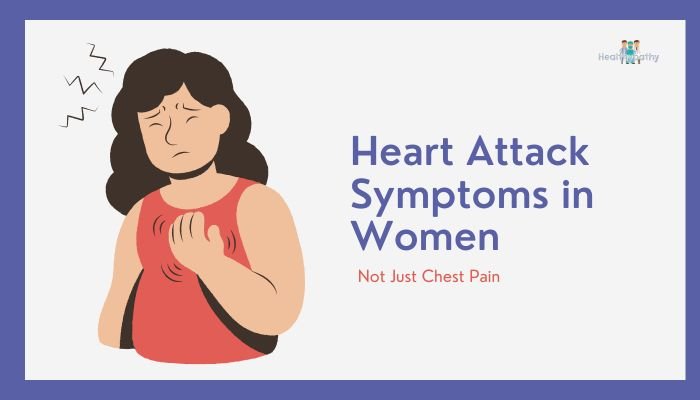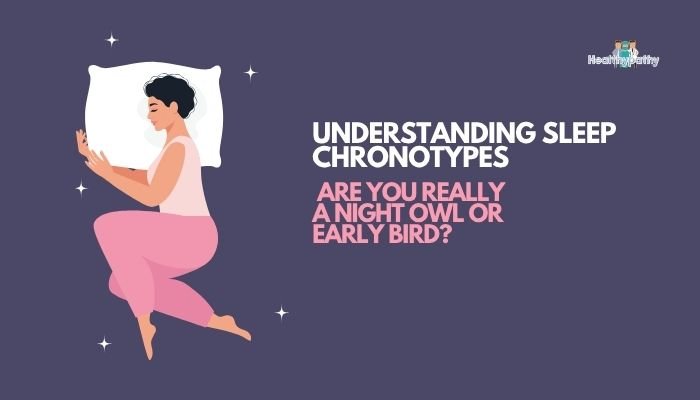Introduction
Finding a lump in your breast can be nerve-wracking, especially if you’re a younger woman who might not expect breast issues to arise so soon. While breast lumps often turn out to be harmless—such as fibroadenomas or cysts—it’s crucial to know what warrants medical attention. By understanding different lump types, common benign conditions, and red flags, you can determine which lumps need follow-up and which might be normal breast tissue variations.
Common Causes of Breast Lumps in Younger Women
Fibroadenomas
Fibroadenomas are benign (noncancerous) growths made of fibrous and glandular tissue. They often feel smooth, rubbery, and mobile, sometimes described as a “marble under the skin.” Usually painless, they can change slightly over time or with menstrual cycles.
Cysts
Fluid-filled cysts may appear suddenly, feeling soft or firm depending on the fluid pressure. Hormonal fluctuations often influence their size or tenderness. Cysts can be simple (filled with clear fluid) or complex (containing debris), and some require imaging to confirm benign nature.
Fibrocystic Changes
Many younger women experience fibrocystic breast changes, where lumps or thickened areas come and go with the menstrual cycle. Usually, these lumps vary in tenderness and size, often feeling more pronounced in the days leading up to a period.
Infection or Abscess
Occasionally, lumps could be caused by an infection (mastitis or abscess), especially if breastfeeding, or from skin-based problems like sebaceous cysts. Infections typically accompany redness, warmth, or significant pain.
Rarely, Cancer
Breast cancer in younger women does happen, though it’s less common than in older women. However, ignoring lumps solely because of age could delay a prompt diagnosis if a malignant tumor does arise.
Warning Signs and When to See a Doctor
Lumps That Are Hard, Irregular, or Immovable
While many benign lumps have smooth edges and move under the skin, lumps that feel distinctly solid, have rough or irregular borders, or seem “fixed” warrant professional evaluation.
Changes in Breast Shape or Skin
Pay attention to:
- Dimpling or “Orange Peel” Texture on the skin
- Nipple Retraction or discharge (especially bloody or clear)
- Persistent Redness or Rash around the nipple
These might suggest an underlying issue beyond a simple cyst or fibroadenoma.
Persistent Pain or Discomfort
Mild tenderness can correlate with fibrocystic changes or your menstrual cycle, but intense or constant pain—especially localized to one spot—justifies a medical check.
Rapid Growth or Additional Symptoms
Any lump that quickly increases in size or is accompanied by systemic signs (like fever, if infection is suspected) should be assessed promptly.
Steps to Take If You Find a Lump
Don’t Panic
A large proportion of lumps in younger women are benign. However, the only way to be certain is through proper medical evaluation.
Schedule an Appointment
Contact your primary care provider, gynecologist, or a breast specialist:
- Physical Exam: They’ll feel the lump and surrounding tissues.
- Imaging: Often a diagnostic ultrasound to distinguish solid vs. fluid-filled lumps. A mammogram may be added, although younger women’s denser breast tissue can make them less clear.
Possible Further Testing
If imaging suggests something suspicious or inconclusive:
- Biopsy: A sample of cells or tissue is taken (via fine-needle aspiration, core needle biopsy, or occasionally surgical biopsy) to check for cancer cells.
Follow Recommendations
If results point to a benign condition (like a fibroadenoma), doctors may suggest a short follow-up or removal if it’s large or symptomatic. If it’s a cyst, your provider can aspirate fluid if it’s painful. In the rare event of a cancerous finding, immediate referral to an oncology team ensures timely treatment.
Reducing Breast Health Concerns
Know Your Normal
Breast self-awareness—understanding how your breasts typically look and feel—helps you spot suspicious changes early. Lumps can appear and vanish in relation to your menstrual cycle, so track patterns each month.
Follow Screening Guidelines
Though the standard recommended age for routine mammograms is 40 or 50 in average-risk women, those with strong family history or genetic predisposition may need earlier imaging. Speak with your healthcare provider if you’re unsure about your personal risk.
Lifestyle Considerations
- Maintain a Healthy Weight: Excess body fat can affect hormone levels.
- Stay Active: Exercise supports overall health and can keep hormones balanced.
- Limit Alcohol: Studies link high alcohol intake with increased breast cancer risk.
- Avoid Smoking: Tobacco use can compromise breast health (and overall health).
Coping with Anxiety
Emotional Support
Waiting for test results or dealing with an abnormal finding can cause anxiety. Sharing your feelings with trusted friends or family, or seeking counseling if needed, helps manage worry.
Accurate Information
Consult credible medical sources and avoid misinformation. If you have questions or doubts, discussing them directly with a provider ensures you get reliable guidance.
Follow Up
Even if a lump is benign, keep an eye on it. Schedule follow-up ultrasound or physical exams as recommended to confirm stable size and characteristics.
Conclusion
While younger women often find lumps related to benign conditions like fibroadenomas or cysts, the discovery of any new or unusual mass deserves professional evaluation for peace of mind and safety. Immediate steps involve booking a medical exam, undergoing necessary imaging, and possibly a biopsy. Alongside this vigilance, maintaining healthy lifestyle habits and staying informed about your personal risk factors helps promote overall breast well-being. Remember: While lumps can be scary, many turn out harmless—early attention is your best tool for ensuring any potential issues receive swift and effective treatment.
References
- American College of Obstetricians and Gynecologists (ACOG). FAQ on Breast Lumps. 2021.
- https://www.cancer.org
- National Cancer Institute. Breast changes and conditions. 2024.
- Morrow M, et al. Management of fibroadenomas of the breast. Ann Surg. 2022;275(6):1154–1160.
- US Preventive Services Task Force (USPSTF). Breast cancer screening guidelines. 2019.







